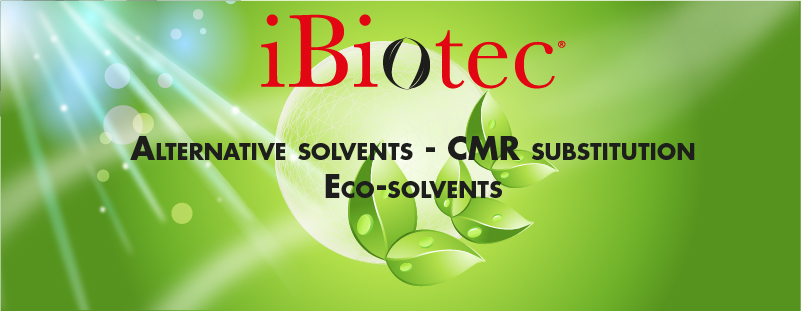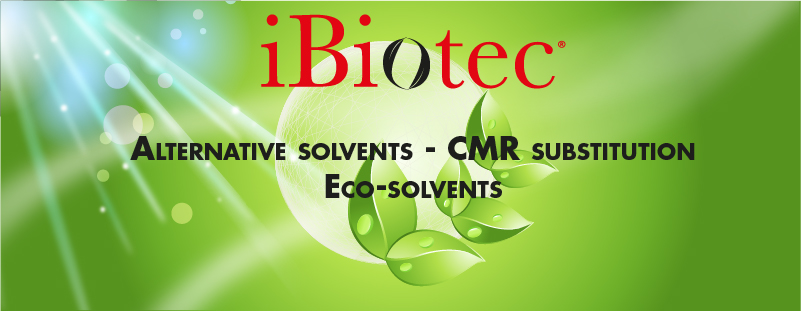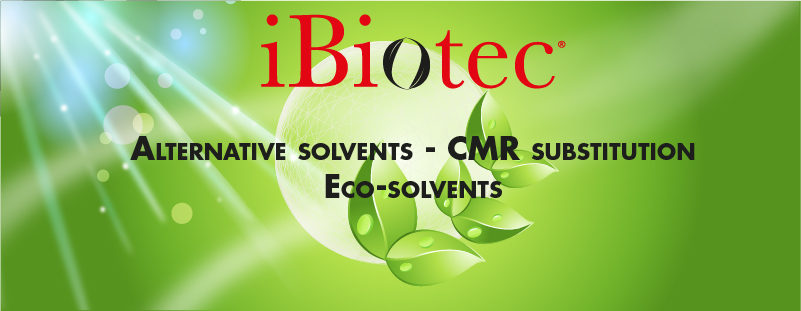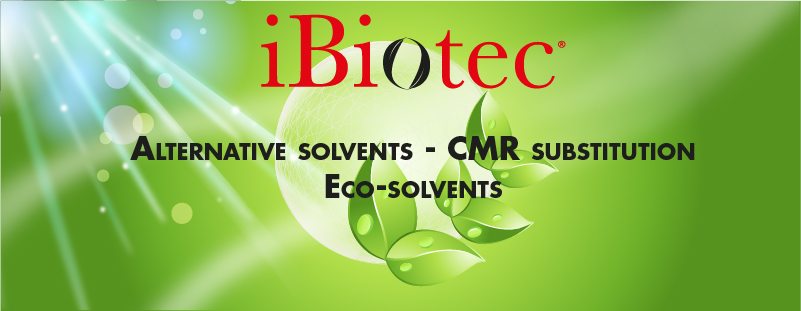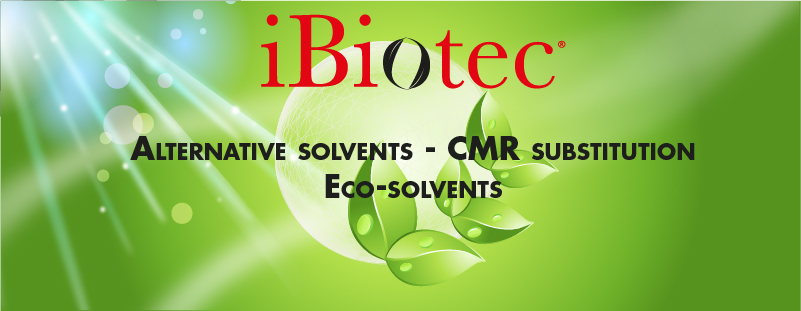SDS
(Safety data sheets)
REGULATORY CONTEXT
The SDS concerns all substances and mixtures or preparations of chemicals. They are therefore carried out by manufacturers and distributors of solvents and degreasers and are intended for users, occupational physicians, employers, employees, preventers, members of the CHSCT. They must comply with the REACH EEC 1927/2006 regulation of December 18, 2006 and the ATP.10 CLP 2017/776 CE-GHS regulation.
Any SDS whose publication or transmission date is before June 1, 2015, therefore does not comply with the regulations. In addition, the SDS must be managed, that each regulatory change or any change concerning the product itself must be communicated to the user.
__________________________________________________________________
BIOLOGICAL FOUNTAINS
Biological fountains:
There was significant enthusiasm for the use of biological fountains, since in theory they did not generate industrial waste. However, biological fountains cannot eliminate all pollution, the presence of gasoline, diesel, thinners, paints are prohibited under penalty of destroying or inhibiting microorganisms. A simple power outage can cause foul odours. The replacement of the baths has a prohibitive cost, in the range of 700 to 900€ and must be carried out sometimes several times a year.
In addition, there are no current regulations regarding biological fountains.
The responsibility rests within the scope of common law. The user is solely responsible for the dangers associated with the use by the populations, genera, and species, of the micro-organisms provided to him.
There are not enough scientific studies for all the micro-organisms used.
Environmental micro-organisms could contaminate the fountains.
The genera and species seeded at the installation of a biological fountain are not always the same over time and do evolve, their proportion can also fluctuate over time.
In addition, there is a risk that can be transmitted to users when they are immunodeficient.
Refer to www.inrs.fr ND 2304 suivi de la flore microbiologique des fontaines de biodégradation des graisses (ND 2304 monitoring of the microbiological flora of grease biodegradation fountains)
Refer to www.inrs.fr évaluation des risques des fontaines de biodégradation des graisses (risk assessment of grease biodegradation fountains.)
Table I Classification of biological agents into infectious risk groups
"It is clearly stated that it is up to the user to carry out his own risk assessment, the user must be able to have the following information":
- The precise identity of the microbial strains entering the process.
- The potential pathogenic power of each biological agent.
- The infectious dose of each pathogen.
- The bacterial concentration reached in the process.
- The pathway of penetration of the pathogen into the body (digestive, cutaneous-mucous, respiratory).
|
Do users have the means, since it is their responsibility, to also monitor population evolution and changes over time, compared to the original stocking? Do they know the pathogenic power, and the infectious dose? |
The Canadian institute, IRSST, recommends more extensive preventive measures, based on the French general recommendation for the use of PPE.
Refer to www.irsst.qc.ca utilisation sécuritaire des fontaines biologiques de dégraissage (safe use of biological degreasing fountains). If the parts are dried with a blower, wearing a protective mask, or breathing mask is compulsory.
To read « Voyage au pays des bactéries » (Journey to the land of bacteria) of Mme Christine DAVID Microbiologiste au Département Expertise de l’INRS.
__________________________________________________________________
INGESTION RISK H 304
TRIAL and ERRORS anecdotes from the past on the risk of solvent ingestion
Siphoning fuel is a practice that seems to have arisen from the First War. This practice was perpetuated during, notably, periods of scarcity, as in May 68. France was running dry. Siphoning was therefore the only way to be able to travel around. The risk of mistake by aspiration was major.
What does this have to do with solvents for industrial use? Quite simply for the same reasons if they are hydrocarbon solvents.
In the 70s, I started out in formulation. The use of hydrocarbon was frequent. It still is, in the preparation of penetrating fluids, evanescent fluids for the transformation of metals, but also for the formulation of degreasing solvents.
It was common for delivery drivers of basic solvents tankers to refuel their tanks with the same products they delivered, to avoid going to the pump. Their reasons could be many…
Today, these practices have disappeared. Accesses to the tanks are secure so that it is impossible to siphon if you are not the holder of the vehicle keys, the gauges and the signalling of the lack of fuel have become extremely efficient, and customs services regularly check the storage and flow of hydrocarbons for fuel use or for solvent use.
But the toxicological risk in industrial environments still exists.
Filling from a larger container into a smaller container, for ease of handling, for example, is called fractionation.
The danger of fractionation is major, when it is carried out, and it has happened using a bottle used to contain a drink…
Re-labelling of packaging for fractionation is not usual. It should be.
The phrase H 304 introduced by CLP "May be fatal if swallowed or enters airways" should specify
Do not drink
Do not siphon
Do not fractionate
All hydrocarbon degreasing solvents are relevant if their viscosity is less than KV 20.5 mm2/s-1, which is almost always the case.
What is the risk of using the wrong pipes?
The wrong pipe is first and foremost a swallowing issue. Food intake travels towards the larynx, then towards the lower airways.
Swallowing into the airway is always possible with food or liquids.
Even if techniques of unblocking (LVA) are applied quickly, they give results on solid or pasty foods, but they are practically ineffective for liquids, and totally ineffective for solvents.
Jacques P. TARDIF

Water would be fatal if swallowing more than 8.3 litres per day
MARCELO DUHALDE Mars 2013
__________________________________________________________________
CMR
(Carcinogens, Mutagens, Reprotoxic)
Certain chemical agents (substances or preparations) have, in the medium or long term, carcinogenic, mutagenic, or toxic effects for reproduction. They are called CMR.
It is essential to identify them, that is to make an inventory of the products used and the work scenarios which may give rise to exposures. When a CMR agent is spotted in the workplace, its deletion or substitution is essential, whenever it is technically possible.
http://www.inrs.fr/risques/cmr-agents-chimiques/ce-qu-il-faut-retenir.html
The full list of CMR substances updated by the 9th adaptation to technical progress CLP 2016/1079 can be found on:
List of CMR substances
http://www.prc.cnrs-gif.fr/spip.php?rubrique14
